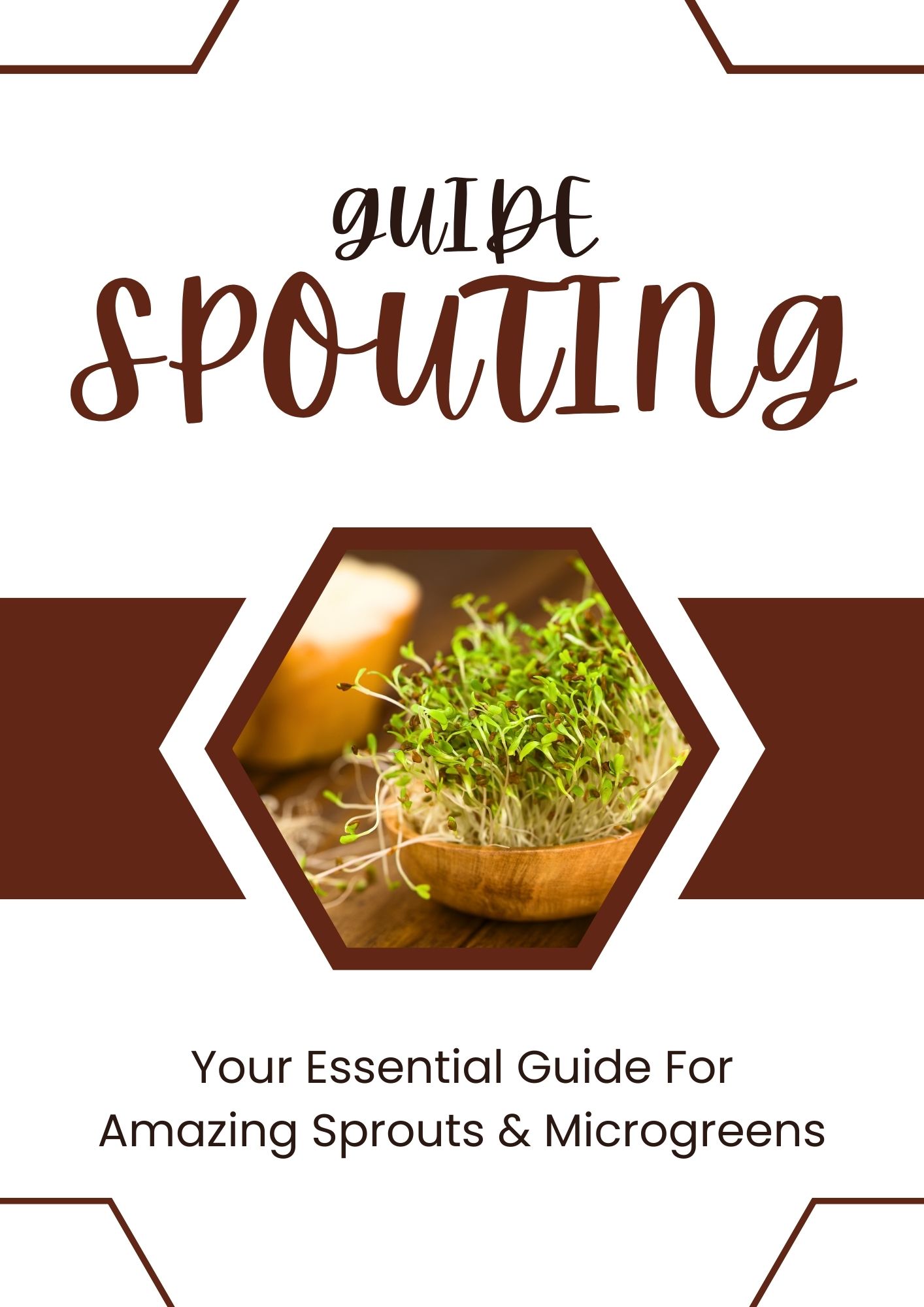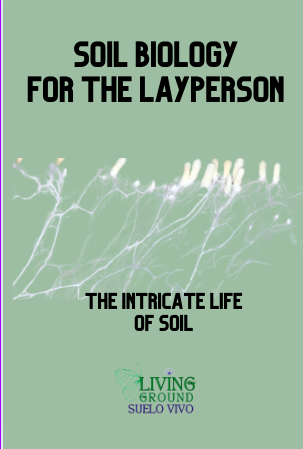Description
Soil is a complex biological marvel, hosting a vast array of microscopic organisms that play a crucial role in sustaining life on our planet. While we may be familiar with the visible components of soil, such as minerals and organic matter, the true magic lies in the invisible realm of microorganisms. You will learn how to use a simple microscope to determine the health of your own soil, unlocking a world of insights into the vibrant communities that support plant growth.
These tiny beings form intricate communities, communicating through an intricate network of chemical signals, facilitating nutrient cycling, and supporting the growth of plants. By delving into the study of soil microbiomes, we gain a deeper understanding of the intricate relationships that govern the health and fertility of our gardens and ecosystems.
Throughout history, civilizations have recognized the importance of healthy soil for sustaining agriculture and promoting environmental balance. In this course, you will learn how to grow a homestead garden, large or small, to create amazing nutritious food, harnessing the power of the soil microbiome to cultivate abundance and resilience.
From the intricate dance of bacteria and fungi to the dynamic interactions of nematodes and protozoa, this course offers a unique window into the vibrant world beneath our feet. By observing and cultivating these living communities, we can gain invaluable insights into nurturing thriving gardens, promoting sustainable agriculture, and fostering a harmonious relationship with the natural world.
Get ready to embark on a journey of discovery, where the secrets of the soil microbiome will be unveiled, empowering you to cultivate abundance, resilience, and a deeper connection with the earth.
Building upon the foundation of understanding the soil microbiome, the path to self-sufficiency through gardening can seem daunting for those just starting out, and even for experienced homesteaders seeking to refine their practices. This course is designed to guide both beginners and seasoned practitioners on their journey toward self-reliance.
For those new to the world of self-sufficient gardening, the prospect of growing one’s own food, medicines, and nurturing a thriving ecosystem can be overwhelming. Where do you begin? How do you cultivate a healthy soil microbiome? What are the best practices for ensuring a bountiful harvest? These are the questions that often hinder those taking their first steps toward self-reliance.
This course provides a comprehensive roadmap, starting with the foundational principles of microbe gardening. By understanding the intricate web of life within the soil, you’ll gain the knowledge and skills to create a fertile canvas upon which to cultivate abundance.
However, self-sufficiency extends beyond just the soil. It’s an art form that encompasses the entire cycle of cultivation, from seed selection and planting techniques to harvesting, preserving, and utilizing the fruits of your labor. Whether you’re seeking to grow nutrient-dense food, medicinal herbs, or a diverse array of crops, this course will equip you with the practical knowledge and time-tested wisdom to thrive.
For those already on the path of self-reliance, this course offers an opportunity to deepen your understanding and refine your practices. Perhaps you’ve encountered challenges or imbalances in your garden ecosystem, or you’re seeking to expand your repertoire of self-sufficient skills. Here, you’ll find a wealth of insights and strategies to troubleshoot issues, optimize your systems, and continually evolve your approach.
Regardless of your starting point, this course is a comprehensive guide to self-sufficient gardening, rooted in the principles of microbe gardening and a deep reverence for the natural world. It’s a journey that empowers you to reclaim your connection to the land, nurture your self-reliance, and cultivate a harmonious relationship with the intricate systems that sustain life itself.
What is the difference between organic gardening and microbe gardening?
While both organic and microbe gardening share the goal of cultivating healthy plants without synthetic chemicals, there is a fundamental difference in their underlying philosophies and approaches.
Organic gardening, although using natural inputs like compost and manure, still relies on adding external fertilizers and employing antimicrobial methods to remove pests and pathogens. While these inputs are derived from natural sources, they essentially force plant growth and attempt to control the garden ecosystem through external interventions.
Microbe gardening, on the other hand, operates from the principle that a balanced and thriving soil microbiome is the key to ensuring optimal plant health and nutrient uptake. Rather than relying on external inputs to force growth, microbe gardening focuses on cultivating the intricate web of life within the soil itself.
Unlike organic gardening, which may use natural fertilizers that can overstimulate plant growth akin to a bodybuilder on steroids, microbe gardening aims to nurture the soil’s inherent ability to provide plants with the necessary nutrients through the symbiotic relationships between microbes and plant roots.
By magnifying the soil’s microscopic world, microbe gardeners can observe the health and functionality of these vital microbial communities, identify imbalances, and address the root causes of plant health issues through fostering a balanced soil ecosystem.
The purpose of microbe gardening is to create a self-sustaining, resilient, and abundant garden by harnessing the power of the soil microbiome, rather than attempting to control or force the system through external inputs. It is a holistic approach that recognizes the intricate interconnectedness of all life within the soil, and seeks to work in harmony with these natural processes.





